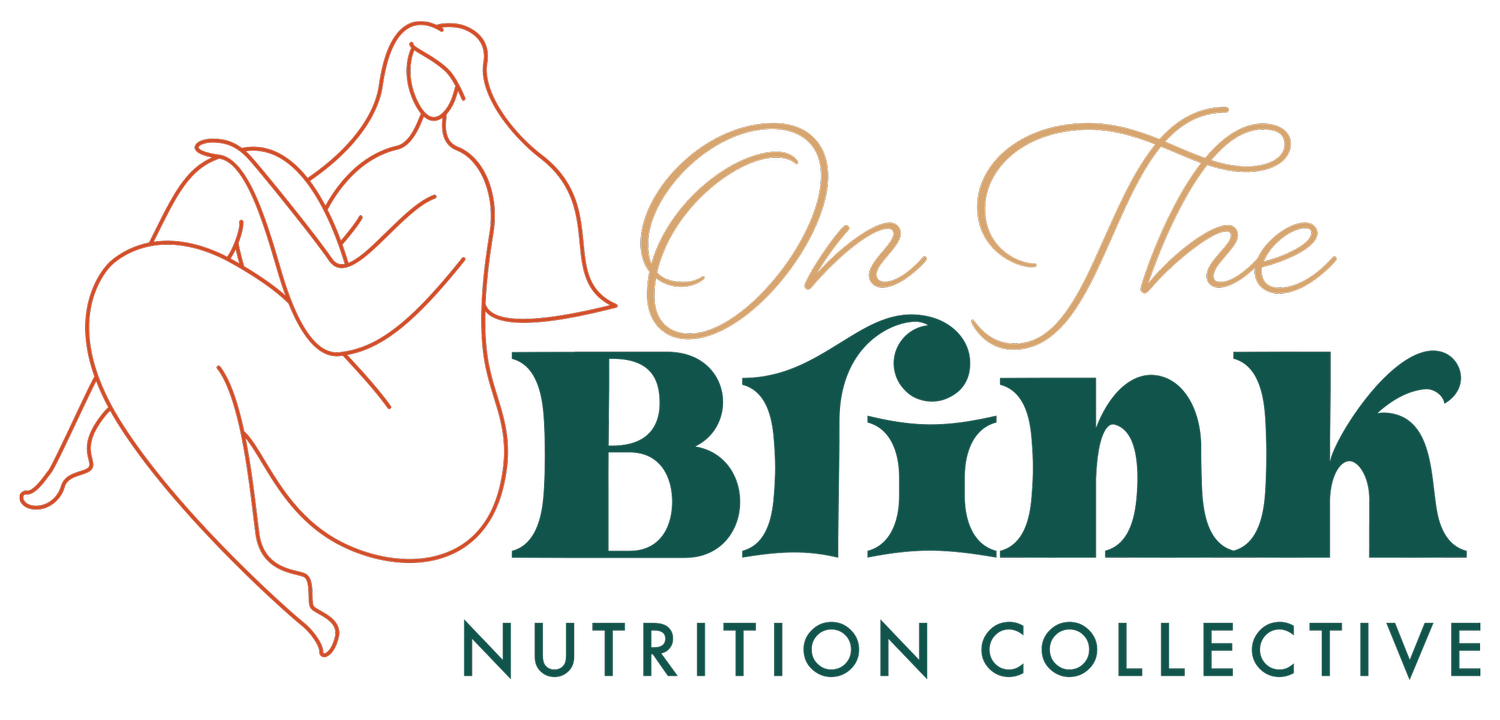Come Out From Behind The Lens
It’s easy to find a reason to stay safely behind the camera lens instead of setting the timer and jumping into the photo with your family.
I’ve said and heard the following:
I’m not the right size.
My *insert body part* is so *insert disparaging comment*.
I’ve worn this shirt for 48 hours (or some version of “there’s a stain on my clothing from breast milk, food, coffee, etc.”)
I haven’t had a chance to get to the hair salon, nail salon, my own bathroom shower.
I look tired.
Look, I get it. Not only are we inundated by our internal critical narrative, but we may also be bombarded with perfectly styled, perfectly lit, perfectly photoshopped images on our social media feed.
So, there’s a truth: there are strong internal and external forces collaborating against us feeling worthy of being photographed. It may feel like an insurmountable challenge to find the confidence to take action. I hear you.
However, there is another, bigger truth.
Before I go there I want to say: Listen, you could go your entire life without being photographed. The end.
AND, You deserve to be photographed. You are worthy of having your today’s image captured in still life. Your form has a place beside your children, friends, and family.
If you are feeling an interest or desire to find the courage to be photographed or maybe you want to feel differently (more positive) about being photographed, here are some ideas on how to move toward that goal.
Take a moment to define why you want to and deserve to be in a photograph. What value does it add to your life, the lives of your loved ones, and the wider world? Maybe it’s about someone else; perhaps your children or future generations. Who could benefit and be encouraged by seeing your form in a photo today and in the future?
Before a single photo is snapped, expose yourself to more body sizes. Curate your social media feed and search the web.This normalizes size diversity and is a great way to challenge our inner critic. Seeing a more truthful representation of what our world of human bodies is actually like helps with shifting your mindset and creates a more inclusive/accepting perspective. Check out Lindley Ashline’s work. And I love what Brianna Campos is doing over on insta.
Work through any issues with comparison that you might be having.
Practice getting photographed without the intention of showing anyone else. Either tap the flip camera icon to take a hand-held selfie, take a photo of yourself in a mirror, or use your phone camera’s timer to take a hands-free shot. Start with a body part that feels safe and work up to the edge of your comfort level (that’s where growth resides). Resist the urge to apply filters or use a photo-editing app to make adjustments. Delete (if that helps you feel more comfortable). Repeat to expand your comfort zone.
Create a situation where you feel safe and comfortable to join a photograph. Start with those who love and respect you the most in a setting you have some control over. Get in a photo with your grandma, take a selfie with your kindergartner, ask your teenager to photograph you with your sister. Look at the photo for a moment and then move on.
While being photographed, notice any critical or judgmental thoughts that arise. Acknowledge those thoughts. Believe it or not, they are trying to protect you (pre-shaming you before someone else does). Thank your thought. Feel any discomfort and breathe into that part of you where the discomfort resides. Find a place in your body that does not have discomfort (your pinky finger, your upper lip, an earlobe?). Shift to your far senses. Notice smells, sights, sounds, tastes, and touch (feel your feet on the ground, your child’s sweaty back). Shifting your focus from critical thoughts and uncomfortable feelings to your senses helps you to shift from being an object to be viewed to a subject, experiencing the world around you.
Exposure. Ride the waves of discomfort from being photographs again and again. You’ll teach your nervous system that it has nothing to fear. Going through the discomfort brings you to the other side where you will find peace and a building confidence.
If you see a photo of yourself that you find unflattering, try to remember something that was going well in your life or a person who was supporting you at the time the photo was taken. Doing this sort of gratitude practice to offset feelings of hopelessness, disappointment, and despair.
Body respect, positive body image, and experiencing your body as a safe home (aka positive embodiment) is a lifelong pursuit.
The moment we are born until the day we die, we age and our body changes. It’s culture (external rules) that tells us we should meet a narrow (nearly-impossible to achieve and even more impossible to maintain) beauty standard and stay there.
Beauty standards are hard to change. Choosing a different metric by which to measure your worth and doing the work to redefine (and reclaim) your beauty can be an uncomfortable decision and difficult to put into practice. I can’t promise you that critical thoughts will ever go away completely or that you will ever be at a point of feeling joy when being photographed, but what I want for you is a bigger life with options and permission to live into a fullness you thought wasn’t available to you.
Take up space. Squeeze into the side or right into the center of the shot.
And, You don’t have to do it alone. Reach out for support.
